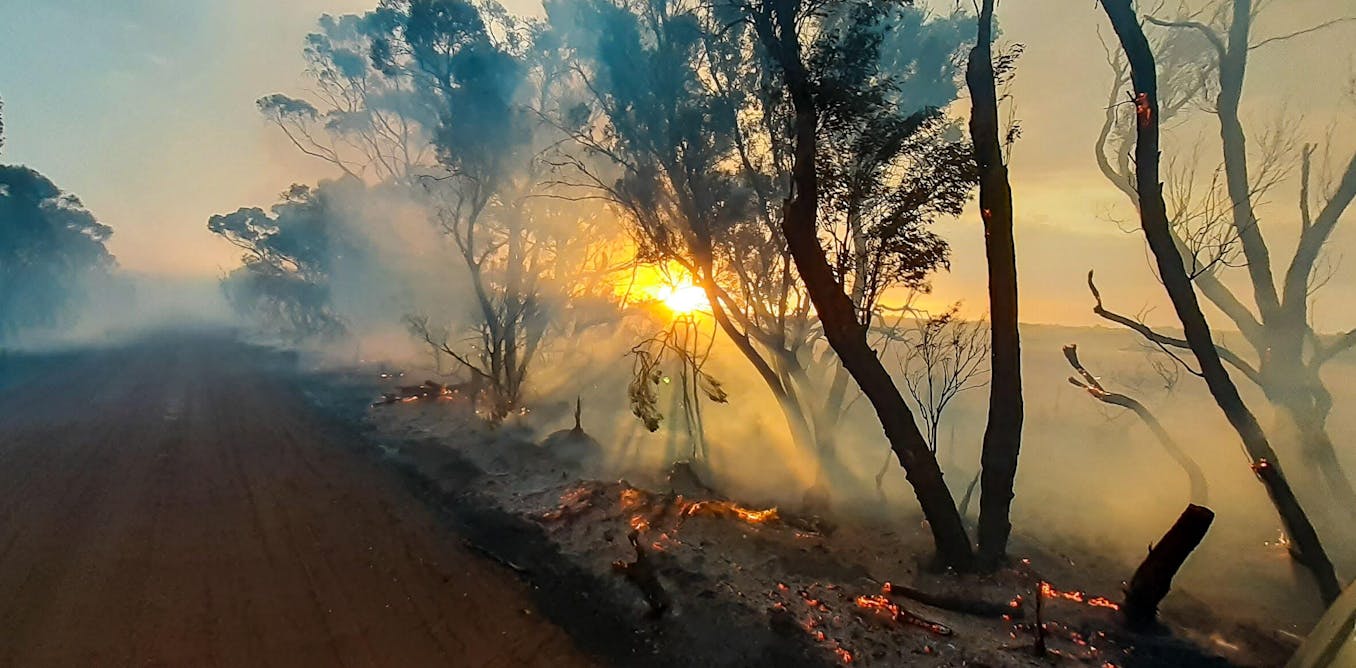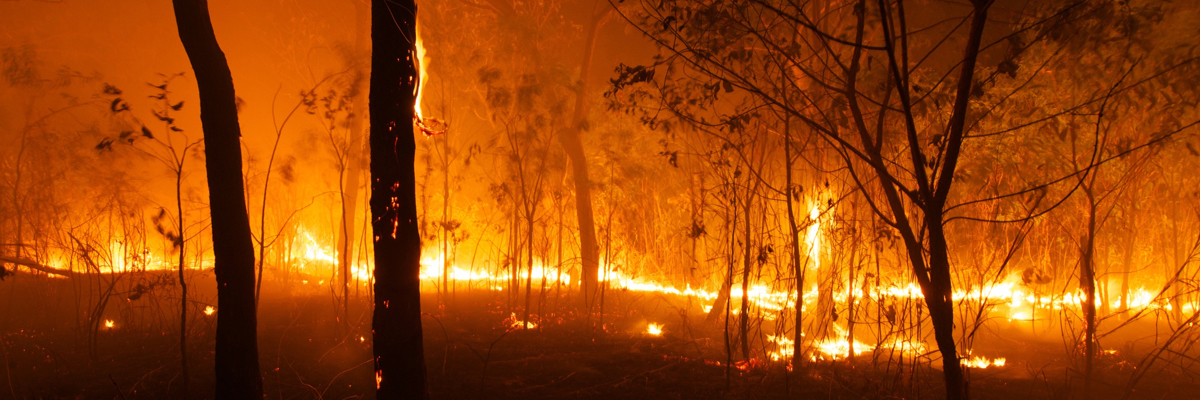Ensuring Bush Fire Security Through Proper BAL Report Evaluation
In the realm of bush fire defense, the thorough evaluation of Bushfire Strike Level (BAL) reports stands as a cornerstone for protecting residential properties versus the destructive impact of wildfires. With environmental factors and residential property characteristics playing significant roles in establishing the degree of danger, a thorough understanding of BAL rankings comes to be imperative. The real significance lies not just in understanding these reports however in understanding them efficiently to formulate customized fire protection methods. By delving right into the importance of BAL record analysis, we discover a realm where notified choices pave the course towards strengthening building security and strength in fire-prone areas.
Comprehending Bushfire Assault Degree (BAL)
In the world of bushfire defense, understanding the Bushfire Strike Degree (BAL) is extremely important for making certain reliable reduction techniques. Comprehending the BAL score of a building is critical for residential or commercial property policymakers, proprietors, and home builders to implement suitable actions to protect versus bushfire dangers.

Relevance of BAL Record Analysis
A necessary facet in bushfire defense preparation involves the complete evaluation of BAL records to analyze the potential threats and determine suitable reduction strategies. BAL reports offer critical information regarding the prospective influence of bushfires on a home based upon numerous variables such as plant life kind, distance to potential fire risks, and slope of the land. Evaluating these reports with precision is extremely important in developing effective bushfire security steps customized to the certain risk account of a home.
Executing Fire Protection Procedures
Executing reliable fire security actions is vital for protecting properties in bushfire-prone areas. Among the main ways to boost fire security is by creating defensible area around buildings. This involves clearing up combustible vegetation, such as completely dry leaves and branches, within a certain span of the residential property. Furthermore, installing fireproof roof products can assist reduce the danger of embers sparking the roofing system throughout a bushfire. Appropriately maintained displays and gutters are additionally vital to prevent particles accumulation that could fuel a fire.
Furthermore, having a properly maintained and sufficient water system, such as a container or pool, can assist firemans in their initiatives to shield the residential or commercial property. It is necessary to have a clear emptying strategy in area and to ensure that all citizens are acquainted with the treatments. In addition, having firefighting tools readily available, such as hose pipes and fire extinguishers, can help in tackling small place fires prior to they rise. On the whole, applying a mix of these fire defense actions can dramatically boost the chances of guarding properties throughout bushfire events.
Mitigating Risks in Fire-Prone Locations
To fortify residential or commercial properties versus bushfire hazards, a critical focus on mitigating threats in fire-prone areas is vital. Mitigating risks in fire-prone areas involves a detailed approach that includes numerous steps to lower the possibility and influence of bushfires. One critical aspect of threat mitigation is maintaining defensible room around residential properties by getting rid of flammable plants, ensuring appropriate spacing between trees and frameworks, and using fire-resistant landscape design practices. Furthermore, implementing ember-proofing steps such as installing steel mesh screens on windows and covering roofing cavities Recommended Reading can help stop ember assaults and reduce the danger of area fires.
Furthermore, creating or retrofitting buildings with fire-resistant materials and ensuring proper maintenance of roofing systems, rain gutters, and external cladding can dramatically boost the property's resilience to bushfires. Exercising a bushfire and creating emergency situation strategy with all residents, including evacuation treatments and communication methods, is additionally crucial in mitigating dangers efficiently. By adopting a positive technique to run the risk of reduction in fire-prone locations, homeowner can much better secure their possessions and boost general bushfire preparedness.
Ensuring Property Safety And Security and Durability
Making sure the safety and strength of residential or commercial properties in fire-prone locations needs a steadfast dedication to robust precautionary steps and strategic preparation. Home safety starts with executing effective actions to minimize fire risks. This consists of preserving a defensible area around the home by clearing combustible greenery, guaranteeing proper maintenance of roofings and seamless gutters, and using fire-resistant structure materials. Routine maintenance of firefighting tools, such as pipes and lawn sprinkler, is also vital to home resilience.
Resilience, on the various other hand, entails the capacity of a residential or commercial property to recover and hold up against from a bushfire. This can be boosted with the setup of cinder guards on vents and windows, guaranteeing that entry points for embers are minimized. In addition, having a well-balanced emptying plan and practicing it frequently can substantially enhance residential property durability. Teaming up with next-door neighbors and neighborhood fire authorities can likewise reinforce the safety and strength of homes in fire-prone areas. By proactively addressing these elements, homeowner can better protect their properties and enjoyed ones from the danger my sources of bushfires.
Verdict
Finally, ensuring bushfire security through appropriate BAL report analysis is vital for recognizing the degree of risk presented by bushfires and implementing required fire security actions. By mitigating risks in fire-prone areas and making sure property security and strength, neighborhoods and people can much better plan for and reply to bushfire events. It is crucial to focus on fire precaution to protect lives and home in these risky settings.
In the world of bush fire defense, the thorough evaluation of Bushfire Attack Degree (BAL) records stands as a cornerstone for protecting buildings versus the devastating impact of wildfires (BAL Report). Understanding the BAL ranking of a residential or commercial property is vital for building builders, proprietors, and policymakers to execute suitable measures to safeguard against bushfire threats

BAL records offer essential details about the prospective influence of bushfires on a residential or commercial property based on numerous factors such as greenery kind, range to prospective fire dangers, and incline of the land (BAL Report). In general, carrying out a mix of these fire protection procedures can dramatically increase the chances of protecting buildings during bushfire events
Comments on “Proactive Home Defense: Leveraging the Insights of a BAL Report”